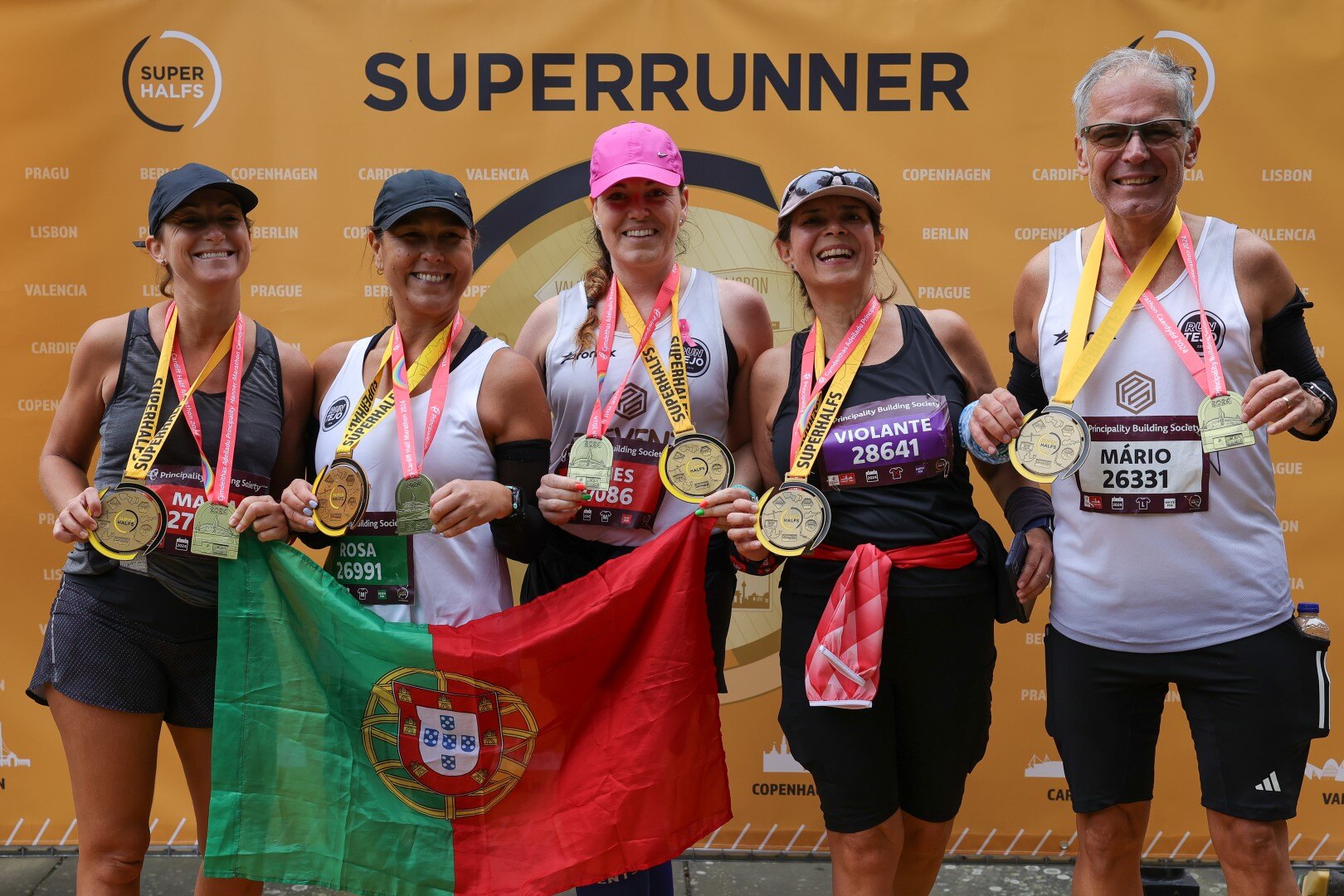Not sure how to recover in the hours and days after your race? Our race recovery plan for runners contains plenty of useful tips, from cool-down to stretching to re-fuelling, to aid your recovery post-race.
Whatever your race distance, what you do after your race is absolutely critical to your recovery. By following these post-race tips, you will minimise your recovery time and reduce your injury risk. The following checklist is applicable to any race from the 5k through to the marathon, and should become a regular part of your routine after every race.
Immediately after your race
-
Cool down . Once you’ve crossed the finish line a cool-down should be the first thing you do. Around 10 minutes of very gentle jogging immediately after you finish will reduce any post-race muscle soreness by flushing out all the waste by-products that have built up during the race.
-
Stretch . After the cool-down jog, take another 10 minutes to stretch all the main muscle groups of the legs — calves, Achilles tendons, hamstrings, quadriceps, hip flexors, glutes and adductors. Stretching the muscles while they are still warm is the optimum time to do it. Stretching will help to ease any post-race soreness.
-
Eat . The sooner that you can eat the better, because refueling contributes to your recovery by aiding cellular repair and replacing energy. Consume a high-GI food within 15 minutes of finishing your cool-down and stretches — and if this is in liquid form, it will also contribute to your rehydration.
-
Drink . In addition to consuming a glucose drink, also look to rehydrate with water. Even on cold days you’ll sweat and lose a lot of fluid. Whatever your race distance, you will need to drink plenty of fluid afterwards until your urine is the color of pale straw or lighter.
Back at home after the race
-
Rest . Aim to minimise your activities for the rest of the day. Put your feet up and let your muscles relax and recover, rather than ask them to do more work; this way, you’ll be able to resume your usual training sessions much sooner.
-
Eat again . Within two hours of completing your race, you need to eat again. This should be a more substantial meal, containing some complex carbohydrate to further replenish your fuel stores, together with some low-fat protein to aid muscle repair. An ideal combination is pasta and tuna.
The day after the race
-
Light training . Avoid heavy training. Your body still needs recovery time and if you try to force through a more challenging session, you’re likely to under-perform or risk muscle damage or injury. Your goal should be to recover both physically and mentally. Go for a short, low-intensity jog or cross-train instead. The change of exercise will help your muscles to recover.
-
Stretch . When you finish your light training session, your muscles will be warm — and that is the ideal time to repeat the post-race stretches that you carried out yesterday.
Two days after the race
-
Sports massage . Massage helps flush out the waste products of both training and the race, and will also help identify any potential injury sites. Visit a good sports therapist for a 45-minute session on your legs — after which you’ll really notice the benefits the following day.
-
Refocus . The final phase of your recovery is to refocus on your next goal or race. Without a goal, your training can become aimless. Take a little time out to consider what you want to achieve next.
When can I resume full training?
This is a difficult question to answer because there are so many variables to consider. Answer the following three questions honestly before returning to full training:
-
How hard did I race? If you jogged around comfortably, your recovery will be faster than if you really pushed hard throughout.
-
How long was my race? If you raced over the marathon distance, your recovery will take longer than if your race was a 5k.
-
Do I have any muscle soreness? Don’t resume full training until any lingering stiffness or soreness has disappeared — and definitely don’t attempt to return to training if you feel that you have an injury.
As a general rule, wait before resuming full training until you feel that you’re fully recovered and then add a couple of days on top. Light training is okay, but by slightly delaying your return to more challenging sessions, you’ll be fully recovered and less likely to get injured.















